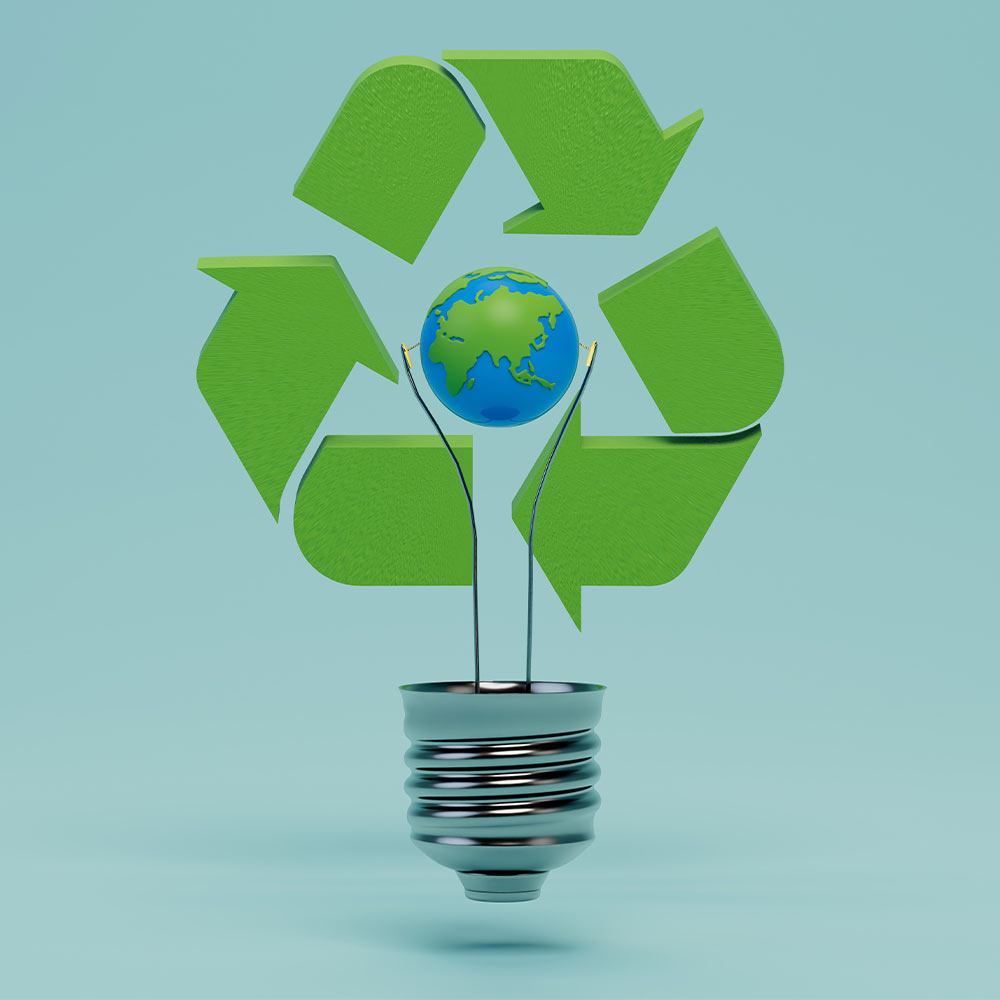After a distinguished life generating renewable energy, equipment like wind turbines and solar panels reach the end of their useful cycle and require recycling solutions that ensure their sustainability. As with other electrical and electronic devices, one key to efficient recycling is the separation of materials that make up the panels, which include aluminum frames, photovoltaic cells, glass coatings, and circuit metals. Significant advancements in solar panel recycling have been made thanks to research by a team at the University of New South Wales (UNSW) in Australia.
Key aspects of current solar panel recycling
Before delving into the new technique developed by the Australian researchers, it is essential to understand the main aspects of this type of recycling:
- Composition of solar panels: Solar panels are primarily composed of glass, aluminum, silicon, and small amounts of metals like silver and copper.
- Recycling process:
- Disassembly: Panels are dismantled to separate the glass, aluminum frame, and other components.
- Thermal treatment: Thermal treatment is used to evaporate adhesives and separate the silicon.
- Grinding and separation: The remaining materials are ground and separated using chemical and physical processes.
- Reuse of main materials:
- Aluminum and glass: These materials are recycled and used in the production of new solar panels or other industrial products.
- Silicon: Silicon recovered from photovoltaic cells can be reused in manufacturing new solar panels or in computing devices after purification.
- Metals: From the aluminum in frames to copper, tin, and zinc in electrical materials, metals from the panels can be recycled for various applications.

Achieving 99% recycling efficiency
As previously mentioned, the primary achievement of the UNSW team of scientists is reaching a 99% recovery rate of materials with their new solar panel recycling process. In addition to conventional techniques for larger elements, the method they developed uses stainless steel balls as abrasive agents, effectively separating valuable components from photovoltaic cells, including silicon and precious metals like silver. These metals account for 0.05% of the total weight but constitute 14% of the material value of each panel.
The process involves crushing solar cells into smaller particles, facilitating the separation and recovery of valuable materials without cross-contamination. These advancements significantly improve current solar panel recycling techniques, not only by disintegrating materials but also by doing so in a reduced timeframe, ranging from five to fifteen minutes.
This technique emerges as a promising solution at a time when a substantial increase in solar panel waste is expected, corresponding to the growth of photovoltaic energy in the European Union and the rest of the world. According to the International Renewable Energy Agency (IRENA), considering that the average lifespan of a solar panel is between twenty-five and thirty years, waste could reach eight million tons by 2030 and seventy-eight million tons by 2050.
Professor Chao Zhang, one of the project leaders, emphasizes that this method is not only efficient but also economically viable, indicating that this solar panel recycling technology has the potential to be scalable. Thus, the ability to recover nearly all valuable materials from solar panels could transform waste management in the photovoltaic industry, promote a circular economy, and reduce reliance on new natural resources.
Solar panel recycling is just one aspect of renewable energy. To learn more about the fate of other equipment, such as wind turbines, we recommend checking out this article about the second life of a wind turbine transformed into sneaker soles.
Source:



